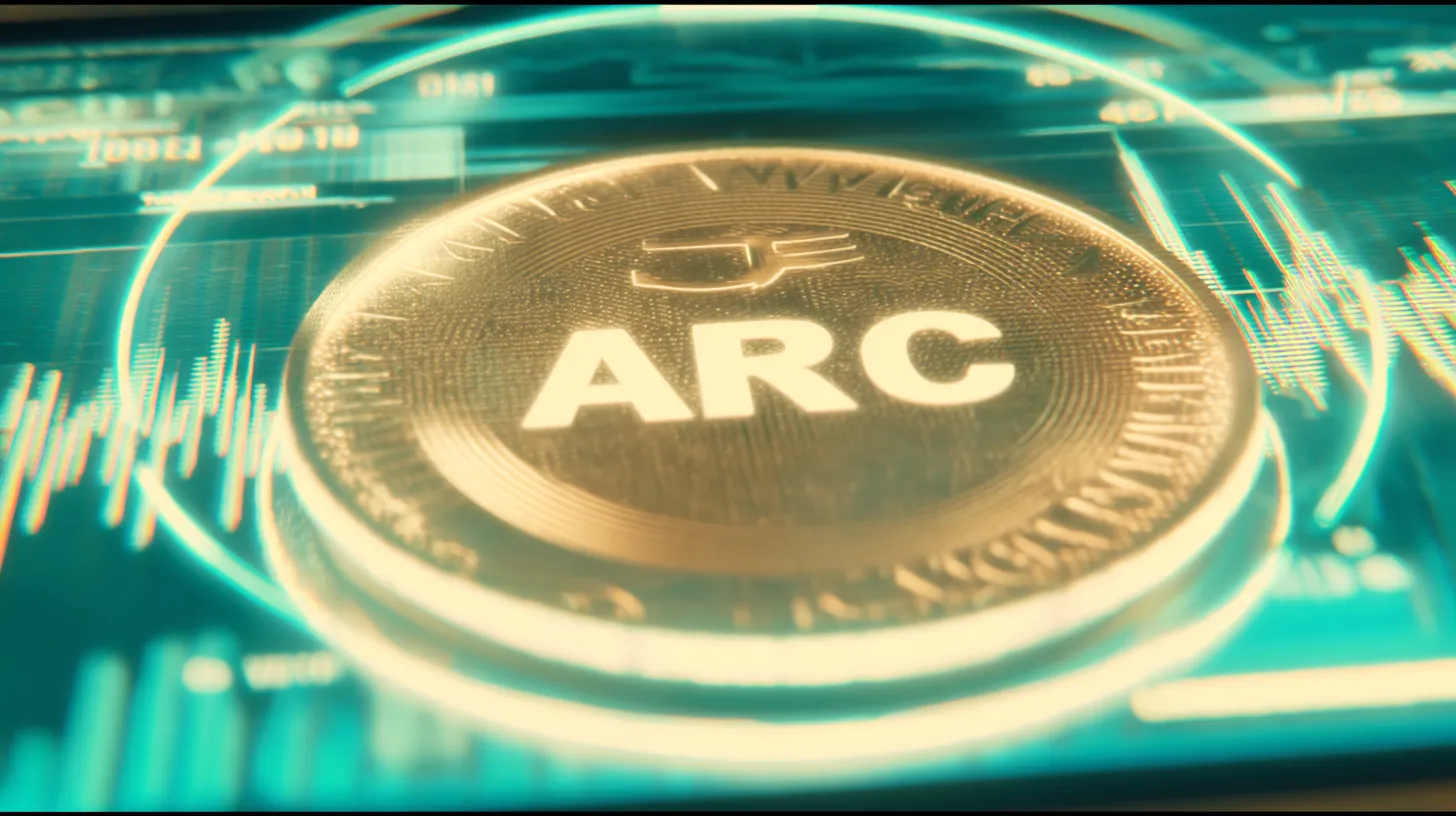India creates the rupee-denominated ARC stablecoin to protect the domestic market from dollar tokens
The Indian authorities are preparing to launch a new Asset Reserve Certificate (ARC) stablecoin, which will be fully backed by the national currency and issued in a 1:1 format to the Indian rupee. The release of the token is scheduled for the first quarter of 2026. According to CoinDesk, citing sources, this decision is aimed at reducing the country's dependence on dollar-denominated stablecoins and strengthening the internal financial system.
ARC is being created with the participation of the Polygon blockchain project and the Anq fintech company. According to sources, the token will be issued only if there is sufficient collateral — deposits or government bonds. This approach should increase demand for Indian government debt and keep liquidity within the country, preventing it from going into USDT, USDC and other dollar cryptocurrencies.
The development of ARC was a reaction to the growing popularity of stablecoins, most of which are tied to the dollar. This is a concern for regulators: significant amounts of capital are being spent in digital dollars, reducing demand for national instruments. India expects that the new token will create a more sustainable digital payment infrastructure and at the same time support the economy.
According to sources, ARC will be an addition to the digital rupee — CBDC, which is issued by the Reserve Bank of India. The new system will be two-tiered: the digital rupee will retain its role as an instrument of financial sovereignty, while the ARC will become a flexible tool for business and private payment solutions within a regulated environment.
Global trends confirm the relevance of such solutions. Kazakhstan launched a tenge-backed stablecoin in the fall; Japan introduced the first token pegged to the yen; China is considering allowing the use of digital coins based on the yuan. Thus, countries are striving to reduce the dominance of the dollar in the crypto market.
According to CoinMarketCap, the total capitalization of stablecoins has reached $313 billion, of which the majority — $258 billion — is accounted for by USDT and USDC. India hopes that the new rupee-denominated stablecoin will reduce pressure from dollar assets and create its own sustainable digital ecosystem.









